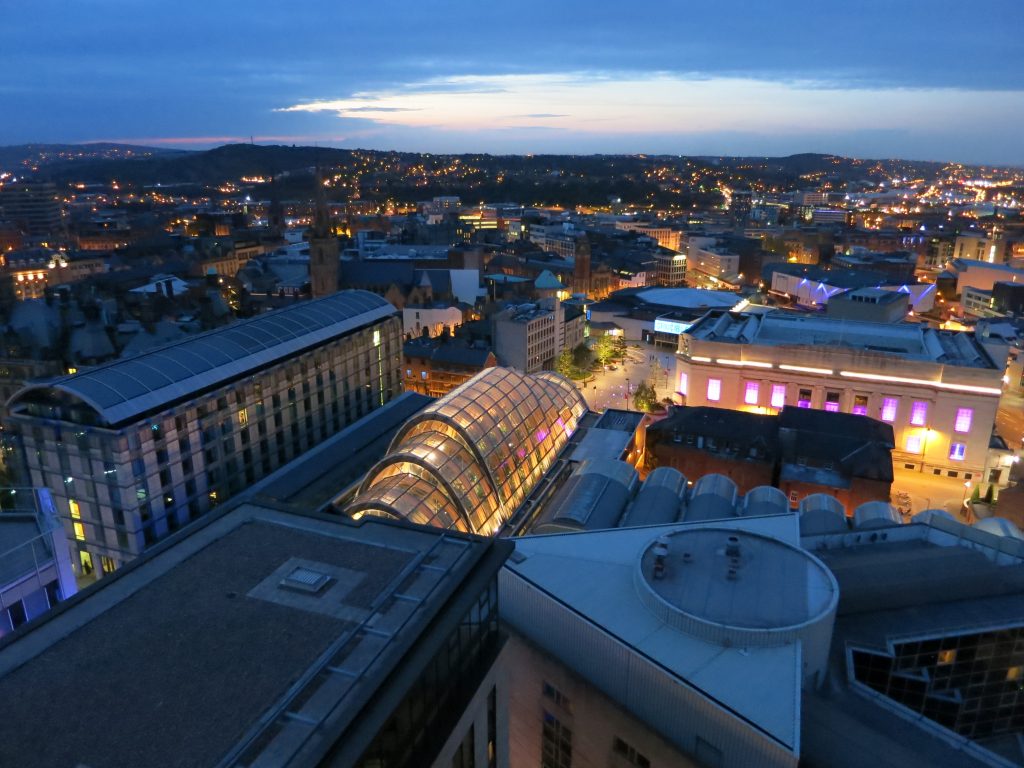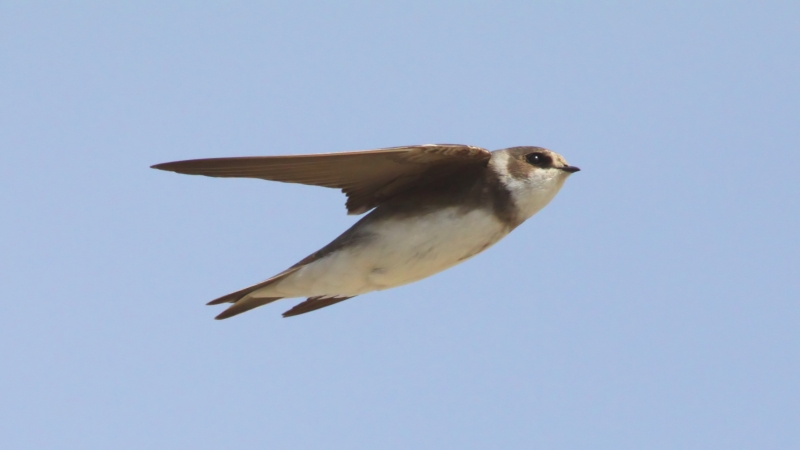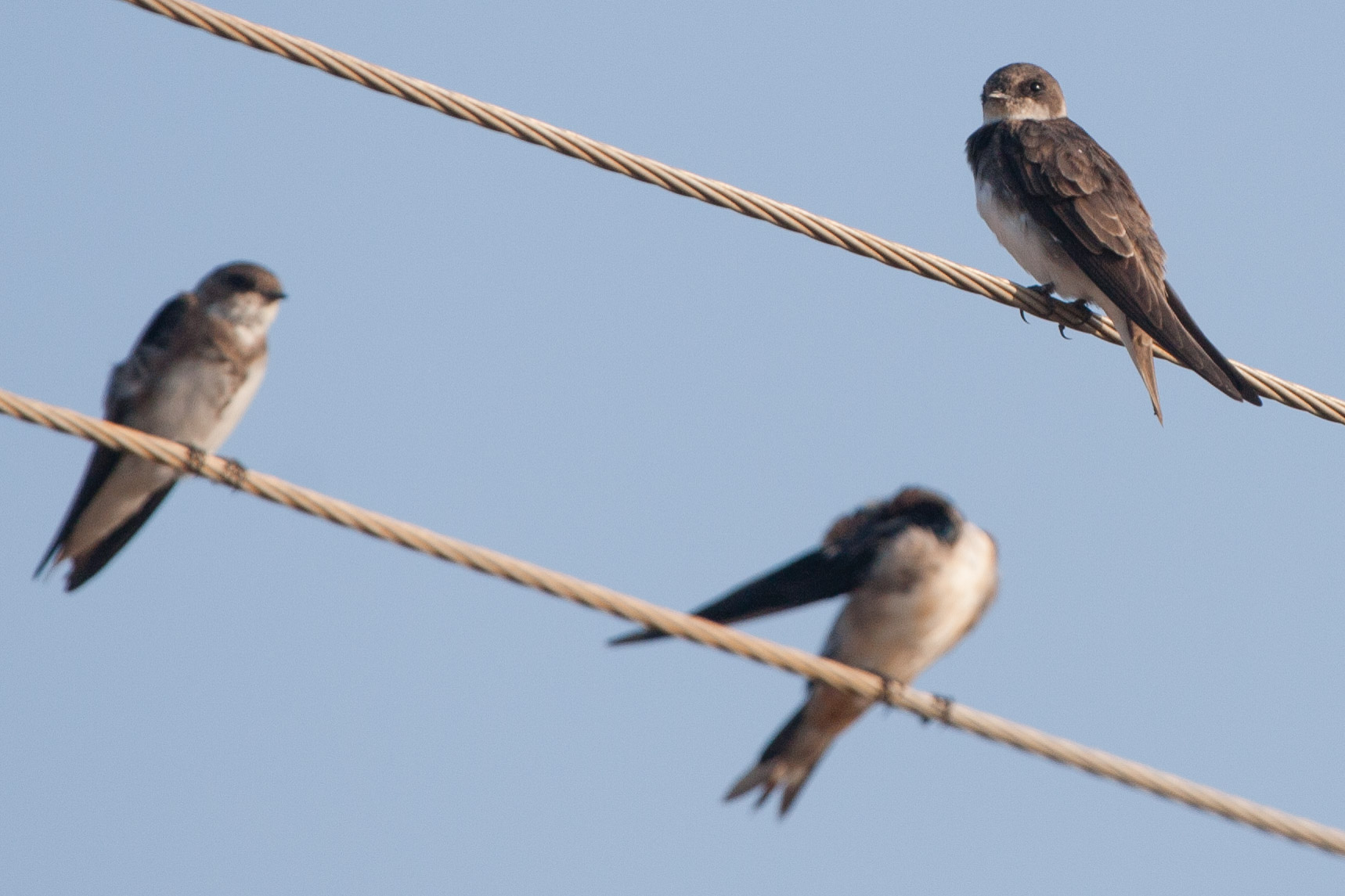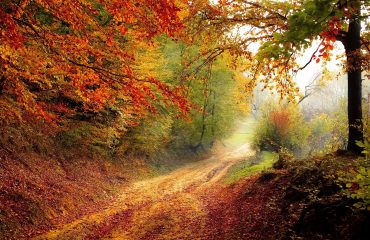Sheffield is a city that is known for it’s greenery. In fact, it’s the only city in the UK that sits within the boundaries of a National Park, and has a higher population of trees than people!
However, nature has not always thrived in Sheffield, thanks to industrial development and the pollution and changing environment that comes along with it. This has caused some of the species that call the region home, such as the Sand Martins, have been threatened and populations have been in decline. Things are improving, though. Several organisations in the city have been doing conservation work to save the species, and it’s remaining urban prescence is something to be proud of. A cleaner river Don has meant that there are plenty of flying insects for the birds to feast on, and their returning numbers are only a good sign.
Urban Habitats

The main issue of their departure came a few years ago. Sand Martins usually burrow into the sandy banks of rivers to form their nests, but in 2009, The Sheffield Bird Study Group (SBSG) realised that they were instead nesting in the old Victorian brickwork along the banks of the river. In 2016, flood defence works were installed along the banks of the river, destroying the bird’s nesting sites, and driving them away.
SBSG proposed that if the right kind of habitat was provided, then we might see a return of the birds to the area. Sheffield Council’s Ecology Unit managed to get the permission for two artificial Sand Martin Habitats – one at Kelham Island Museum, and another at the Gripple UK Factory Site on Carbrook Street at Attercliffe. The artificial habitats are a giant box with a grid of holes in it’s front. These allow the Sand Martins to ‘burrow in’ and build nests.
The Sand Martin’s Return

In March this year, a few pairs were seen showing an interest in the site at the Gripple factory. Evetually, they were joined by many more – and by a recent count, there are at least 21 confirmed breeding pairs nesting in Sheffield. It’s an incredibly proud moment for the city, and it speaks about an issue larger than one particular species.
Over the course of the last 100 years, industrialisation has forever changed the landscape of Sheffield. We are now only just discovering how important sustainability is to the general health of a city, but the Sand Martins show a surprising improvement in environmental factors. It has even been cited that the Sand Martins are the ‘barometer’ for ecological health and biological richness of the city, especially the river Don. We have also seen an increase in otters, Atlantic salmon, kingfishers, dippers and other species that call this river their home.


![Ilkley Carnival committee members present a cheque of £15k to ‘local good causes%u2019 in Ilkley including members of primary beneficiary recipients Burley Scouts and Guides.[1][1]](https://i-yorkshire.com/wp-content/uploads/2018/07/Ilkley-Carnival-committee-members-present-a-cheque-of-£15k-to-‘local-good-causesu2019-in-Ilkley-including-members-of-primary-beneficiary-recipients-Burley-Scouts-and-Guides.11-370x240_c.jpg)

